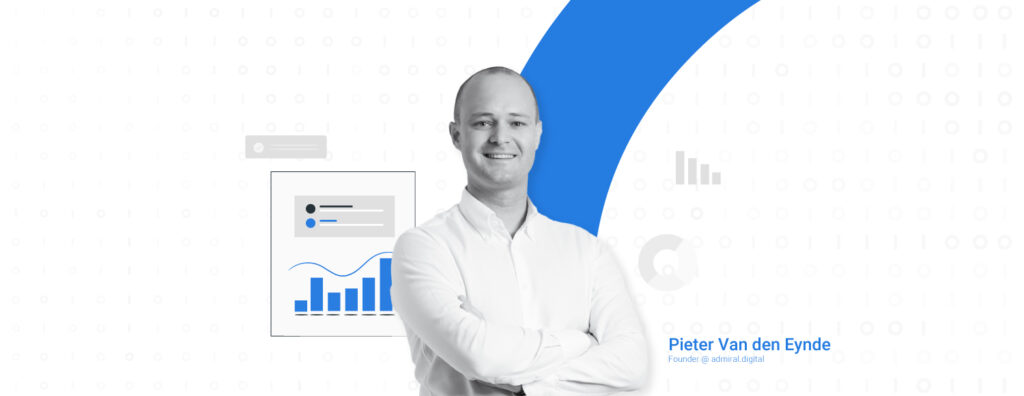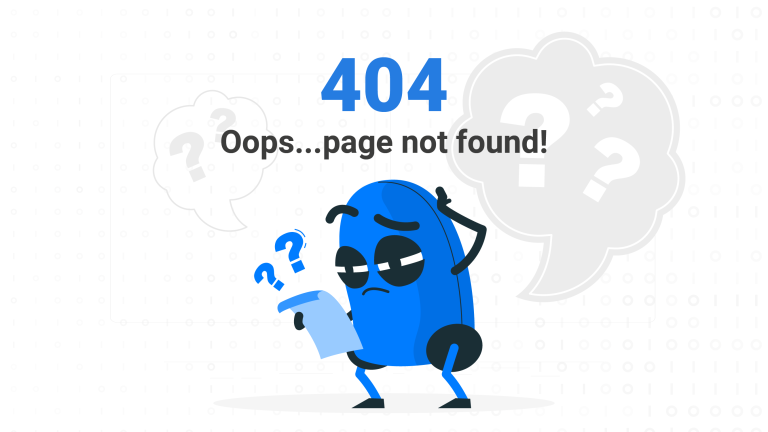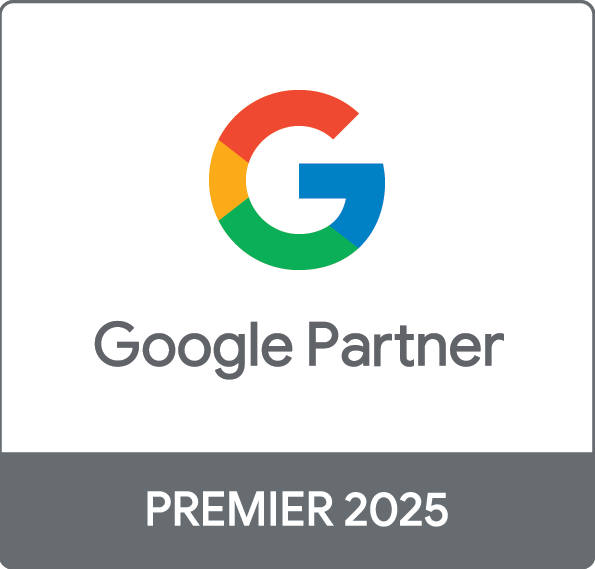Table of Contents
Performance marketing is one of the founding services of admiral.digital. Since 2016, our teams have been managing global accounts of multinational brands across many different paid media channels. However, the last few years have seen significant changes and evolutions that brands should be aware of. The following is my take on the current performance landscape and how brands can leverage these changes to maximise goals.
Compared to before, transparency is now at the forefront of performance marketing. This is leading to greater accountability for results — a good trend, if you ask us. At the same time, we have seen established publishers like Google and Facebook evolve while new platforms start to claim a larger piece of the media budget pie. Think TikTok, Twitter, Pinterest, Snap or marketplaces like Amazon, Shopee and Lazada.
As much as the performance marketing landscape has changed, our agency applies a consistent approach for success. The best practices shared below go beyond channel mixes, creatives and copy, bidding types, campaign types and more. They cover the key approaches and tactics that every performance marketing manager needs to drive business results in the current era.
Start with the expected results
Performance marketing is about driving bottom line business performance. As a performance marketer, it is therefore crucial to understand what bottom line impact for a specific business looks like. The majority of the businesses we engage with are looking for long term profits driven by active and engaged customer bases either online or offline. Start there and look for further opportunities along the way.
Define marketing metrics
Once the expected bottom line results of a brand have been identified, determine the tangible marketing metrics against them which allows for results to be measured and attributed. Metrics depend on the industry, so let’s take e-commerce as an example.
Common metrics to optimise for in the space of e-commerce are:
- Cost per acquired customer (CAC) vs lifetime value (LTV)
- Net profit contributions
- PC 1-2-3 margins
- Cost income ratio
- Gross merchandise value
Identify the metrics you need to measure and optimise them for bottom line impact. Incorporate them into an ROI model or framework for continuous usage when running performance marketing accounts.
After identifying the key metrics at the bottom of the funnel, work upwards to understand which other marketing metrics are important to track when running campaigns. Even if these metrics may not be used to judge the overall success of a campaign, they are important to monitor and understand because they reveal the effectiveness of the customer journey.
Work transparently
When working on client accounts, transparency is key. At admiral.digital we ensure all clients have access to their own media accounts. All media budgets should ideally run through credit lines or payment methods owned by the clients themselves.
Avoid working with agencies that sell media on a fixed Cost-per-mille (CPM) or Cost-per-click (CPC) basis to ensure 100% of your budget is being spent and to ensure your business objectives are aligned with the objectives of your performance marketing partner. Keep in mind that performance marketing is not the same as digital media buying.
Avoid assumptions
Performance marketing is very often not more than a smaller component of a larger digital marketing team or marketing function. Different team members or stakeholders across client and agency teams have different ideas about what will drive performance and what will not.
The biggest mistake marketing teams can make is to define a performance marketing strategy (or a marketing strategy in general for that matter) based on assumptions. Assuming what will work based on previous experiences or assuming what will work based on what other competitors or brands are doing could kill a successful performance marketing engagement before it has even started.
Use the tools and insights that performance marketing offers you to set up an iterative test and learn process. Test creatives, test messaging, test audiences across different stages of the funnel, test channels — leave no component behind. Review the results and learn. Be prepared to continually adjust where necessary.
Strive to be channel agnostic
In line with the above, it is key to be 100% channel agnostic when running performance marketing accounts. Do not predict which channel is going to drive results at which stage of the user journey. Test all of them together and always assign 15–20% of your budget to testing new channels. Twitter, Snap, Pinterest, Bing, TikTok and more.
Reduce granularity
Whereas granularity used to drive extraordinary results in the early 2010s, the larger performance marketing channels have evolved in such a way that the impact of high granularity in a given structure is more limited.
Setting up single-keyword ad groups in Google Search is still a great approach for some brands, however, most companies are better off using the conversion optimised campaign types of smart campaigns that Google and Facebook offer.
Although granularity in campaign structures and audiences have less impact on performance these days, we experience granularity in creatives, ad types and messaging to be more important than ever before.
Optimise daily
Performance marketing is a constant process of testing and learning. Only by implementing this iterative approach, long term business impact can be achieved. An account that is not managed daily will have difficulties performing at its best. At admiral.digital, we ensure that our performance marketing team works on a healthy mix of accounts (not more than 3 per account manager) to ensure daily optimisation on a frequent basis.
Don’t neglect localisation
Working with global accounts requires localisation. Not only on the creative, ad copy and messaging front, but especially when it comes to local performance marketing channels and digital customer behaviour.
As much as Google and Facebook are the go-to platforms for most markets, smaller and local players (Line, Reddit, Viber, Quora, Medium, Bing, local content and affiliate platforms) allow you to reach niche audiences.
Work with first party data
Ensure detailed first party data technology stacks are in place to support your performance marketing efforts. Connect audiences of users across different platforms and stages of the user journey for better results. This can be accomplished by using simple audience features within the performance marketing channels itself or by implementing a customer data platform (CDP) for more advanced audience management capabilities.
Another reason to not neglect first party data is the global shift away from cookie based audiences. Owning customer data and applying it to marketing campaigns becomes more important than ever before.
Final Thoughts
With these approaches in mind, performance marketers can avoid the mistakes I used to make in the early days and instead make the most out of performance marketing platforms as they stand today.
If your performance marketing efforts haven’t been delivering the results you expected, feel free to reach out to me and my team at hello@admiral.digital.
Thanks for reading.







